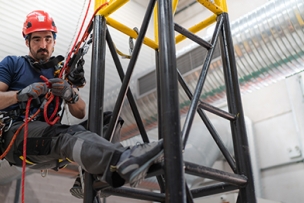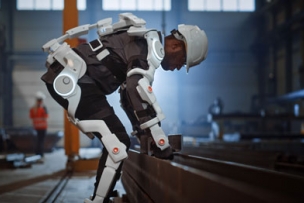Burn injuries at work can be a serious issue, sometimes leading to permanent bodily damage. Yet there’s plenty that employers can do to keep workers safe. Here’s what you need to know about limiting the risk of a burn injury, and steps you can take to treat workers if one occurs.
One of the most important safety challenges in a facility is maintaining lockout/tagout procedures, which are vital for keeping workers safe by making sure they don’t turn on machines that are being serviced, or when maintenance is being performed. A resulting electrical injury can cause severe burns, and it’s why lockout/tagout violations have featured in the top 10 list of most-cited violations by the Occupational Safety and Health Administration for the past decade.






Talk to Us!
Leave a reply
Your email address will not be published. Required fields are marked *